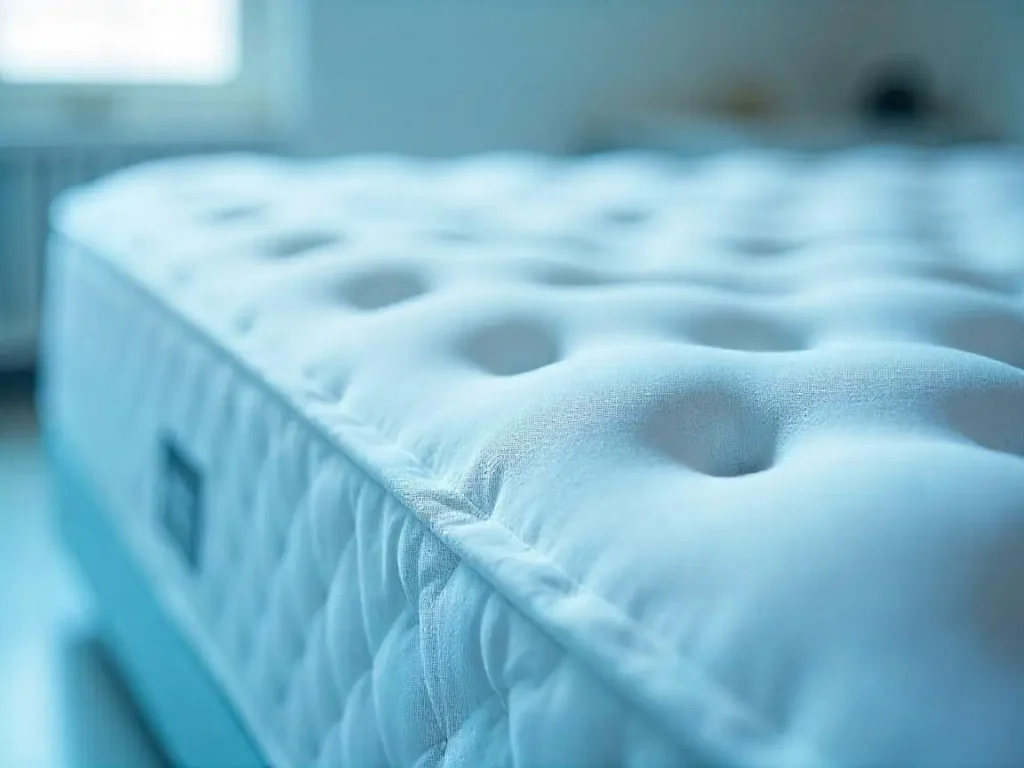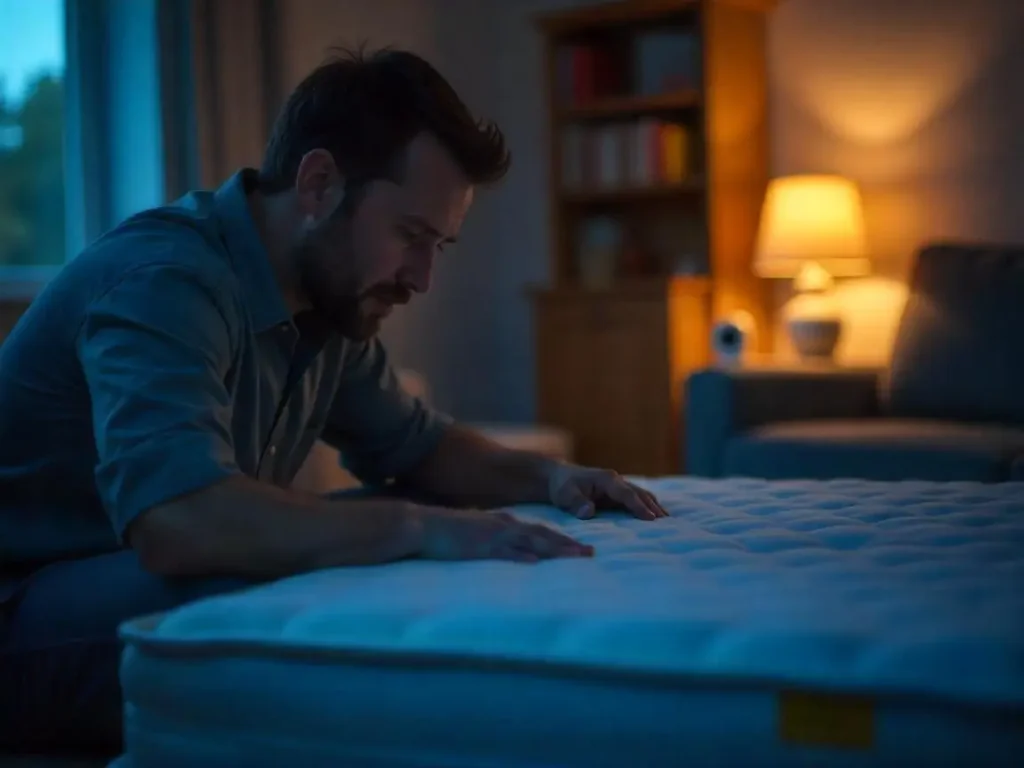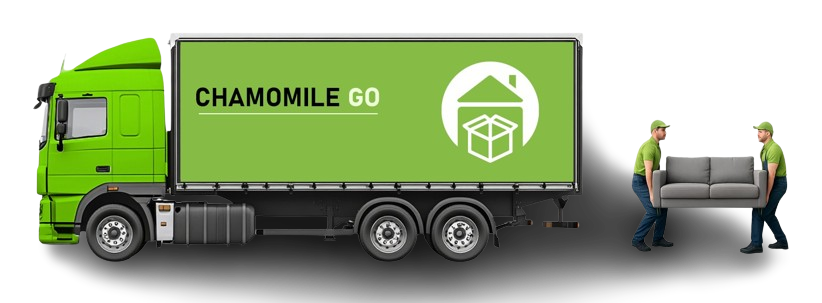Yes, pack and play mattresses are safe when they meet federal safety standards and are used correctly. However, recent recalls and safety violations highlight critical risks parents must understand to protect their infants. This guide dives into the safety nuances of pack and play mattresses, from regulatory compliance to practical tips for ensuring your child’s well-being.
Understanding Pack and Play Mattress Safety Standards
In order to pack and play mattress, given safety standards are considered:

Federal Regulations and Compliance
The U.S. Consumer Product Safety Commission (CPSC) mandates strict guidelines for pack and play mattresses to prevent suffocation, entrapment, and Sudden Infant Death Syndrome (SIDS). Key requirements include:
- Firmness: Mattresses must be firm enough to prevent conforming to a baby’s face, reducing suffocation risks.
- Fit: Gaps between the mattress and play yard walls must not exceed 1 inch to avoid entrapment.
- Thickness: While current standards cap thickness at 1.5 inches, a 2021 petition urges a minimum thickness of 1.5 inches to address hazards from overly thin mattresses.
Non-compliant products, like the recalled DODO Baby House and Moonsea mattresses, violate these rules by being too thin or lacking proper warnings. Always verify CPSC certification before purchasing.
Navigating Pack and Play Mattress Recalls
For navigating pack and play mattress. Given are the factors to follow:
Recent Recalls and Their Implications
Two major recalls in 2023 underscore the dangers of non-compliant mattresses:
- DODO Baby House Mattress (October 2023):
- Sold exclusively on Amazon, these mattresses failed thickness and firmness tests, posing suffocation risks.
- Action: Destroy the mattress and contact the manufacturer for a refund.
- Moonsea Mattress (August 2023):
- Similar violations led to recalls, emphasizing the need for vigilance with third-party sellers.
Pro Tip: Register your mattress with the manufacturer to receive immediate recall alerts.

What Makes a Pack and Play Mattress Truly Safe for Your Baby?
When it comes to your little one’s safety, not all pack and play mattresses are created equal. A safe mattress must meet strict federal safety standards set by the Consumer Product Safety Commission (CPSC), focusing on firmness, fit, and thickness. The mattress should be firm enough to prevent your baby’s face from sinking in, reducing suffocation risks. It also needs to fit snugly inside the play yard with no gaps larger than one inch to avoid entrapment hazards. Thickness matters too—while many mattresses are thin by design, experts recommend a minimum thickness of 1.5 inches to ensure safety without compromising the flexible sides of the play yard. Always look for certified mattresses that clearly meet these safety benchmarks to give your baby a secure and comfortable sleep environment.
How to Protect Your Baby from Pack and Play Mattress Recalls and Hazards?
Recent recalls on pack and play mattresses like those from DODO Baby House and Moonsea highlight the importance of vigilance. These recalled mattresses failed to meet safety standards, posing serious suffocation risks. To protect your family, register your mattress with the manufacturer and stay updated on any recall announcements. Avoid aftermarket or third-party mattresses that lack proper certification, as improper fit or excessive softness can create deadly gaps. When choosing a mattress, prioritize trusted certifications like Greenguard Gold or CertiPUR-US, and never add extra padding or supplemental mattresses that could compromise safety. By staying informed and choosing wisely, you ensure your baby’s pack and play remains a safe haven, not a hazard.
Choosing a Safe Mattress for Pack and Play
For choosing a safe mattress for pack and play. These key features to prioritize:
Key Features to Prioritize
- Certifications Matter:
- Look for Greenguard Gold (low chemical emissions) or CertiPUR-US (foam safety).
- Organic certifications like GOTS ensure no harmful additives.
- Optimal Thickness and Firmness:
- Avoid mattresses thinner than 1.5 inches. The **Dream On Me Tri-Fold
Safe Moves Start with Expert Packing
When it comes to your child’s safety, every detail matters, even during a move. If you’re relocating with a little one and their pack and play, let our team handle the packing with care and precision. At Chamomile Go, our Packing Services in Los Angeles are designed to protect your family’s essentials, from delicate pack and play mattresses to all your baby gear. We use high-quality materials and proven techniques to ensure everything arrives safely at your new home, giving you peace of mind and more time to focus on what matters most, your family’s comfort and security.
Conclusion
Pack and play mattresses are safe when you choose products that meet federal safety standards and use them as intended. The key is ensuring the mattress fits snugly, is firm enough, and is free of any added soft bedding or toppers that could create suffocation or entrapment hazards. Recent recalls remind us how important it is to stay informed and vigilant, always check for certifications and recall notices before purchasing or using a mattress for your pack and play. By following these safety guidelines, you can create a secure and comfortable sleep environment for your baby, giving you peace of mind during those precious early years. Contact us today!
FAQs
Are all pack and play mattresses safe to use?
No, only those that comply with federal safety standards and fit properly within the play yard are safe. Avoid mattresses that are too thick, too thin, or not certified.
Can I add a mattress topper or pad to a pack and play mattress?
It’s not recommended. Adding extra padding can create dangerous gaps and increase suffocation risk. Use only the mattress provided or approved by the manufacturer.
What should I do if my pack and play mattress is recalled?
Stop using it immediately. Follow the recall instructions, which usually involve destroying the mattress and contacting the manufacturer for a refund or replacement.
How thick should a safe pack and play mattress be?
Federal guidelines recommend mattresses be firm and typically around 1.5 inches thick. Mattresses thinner than this may be unsafe, but overly thick ones can also pose risks.
Can I use a pack and play mattress for newborns?
Yes, but ensure the mattress is firm, fits perfectly, and no soft bedding or extra padding is used. Always follow manufacturer and safety guidelines for newborn use.




